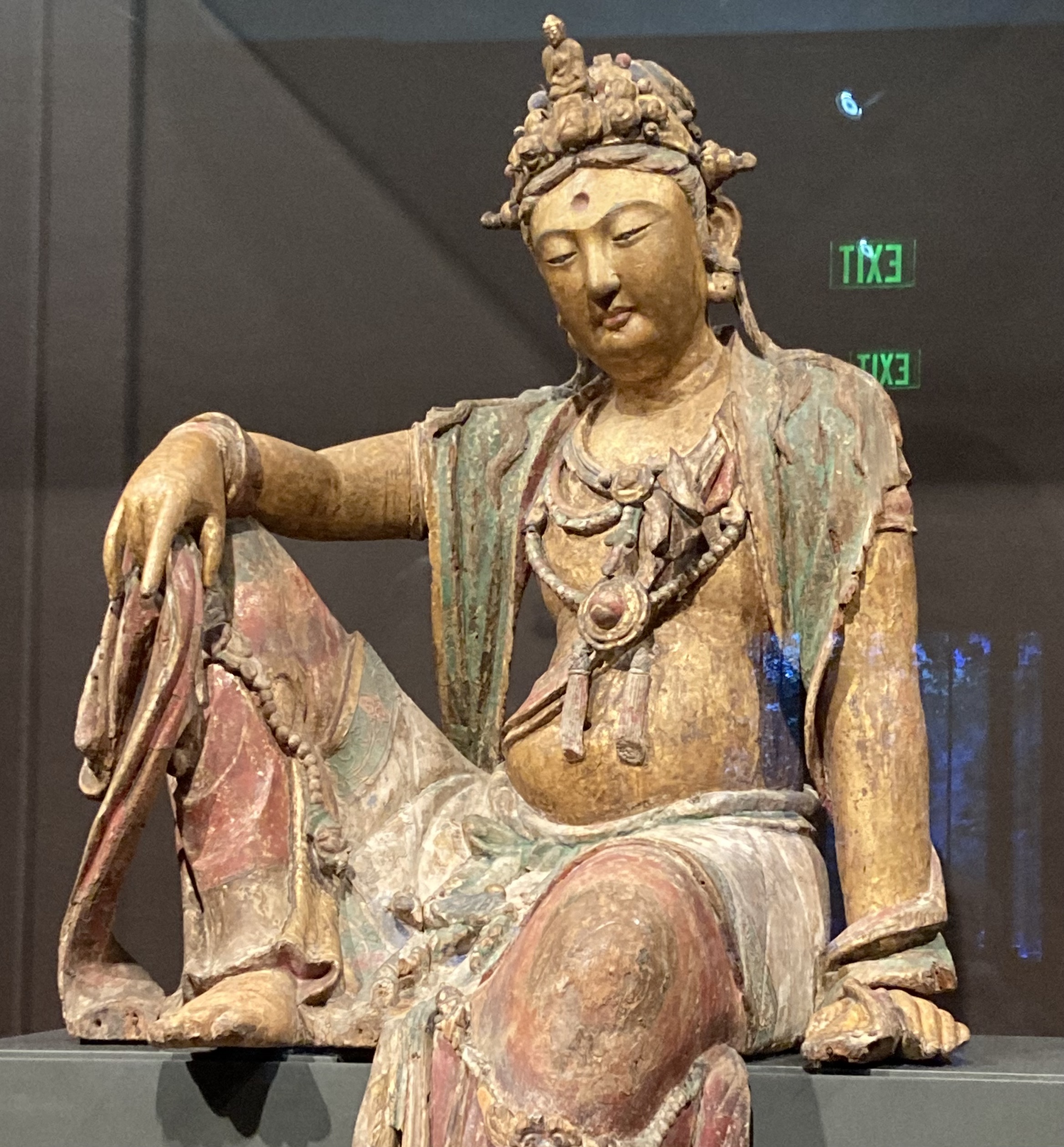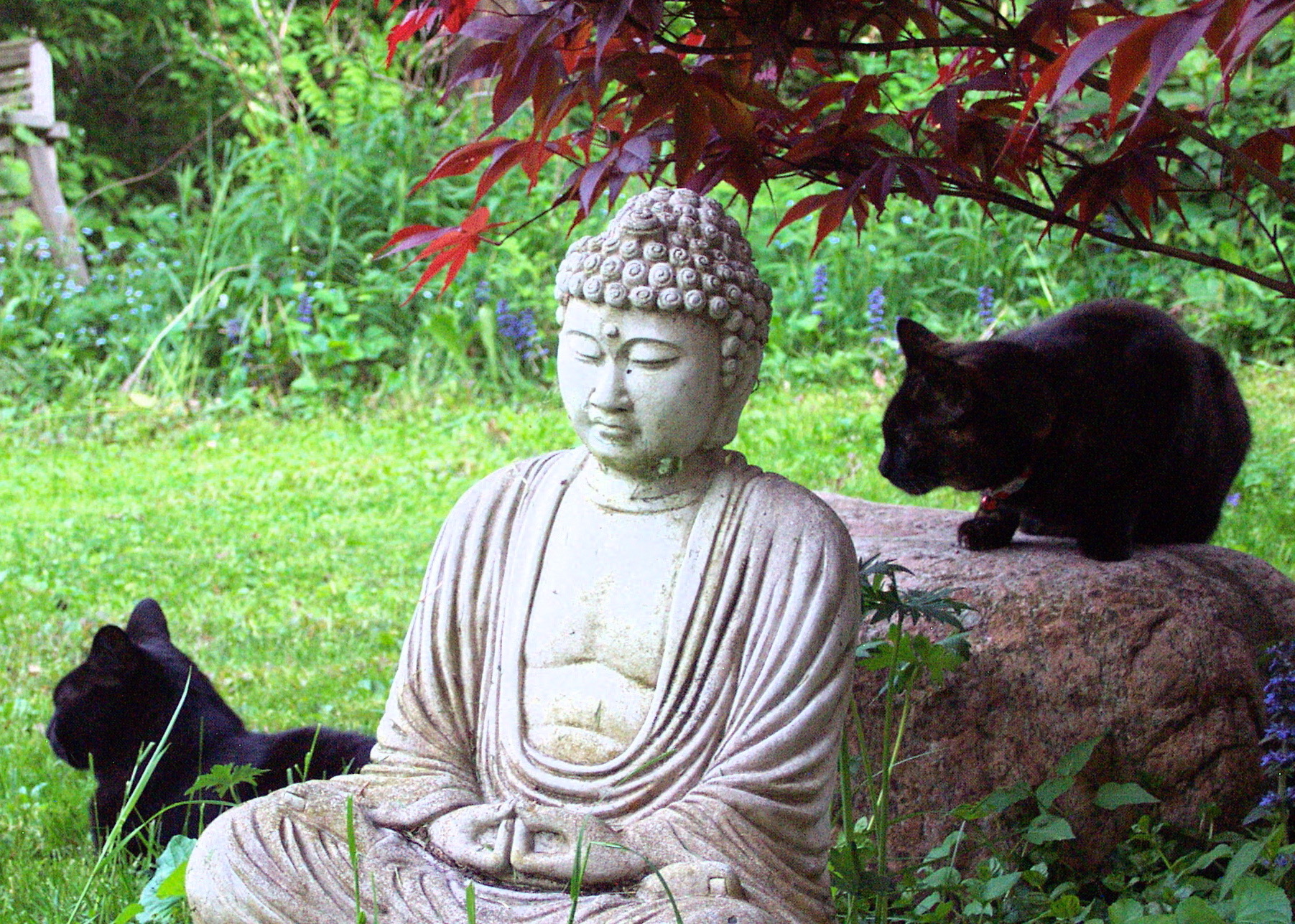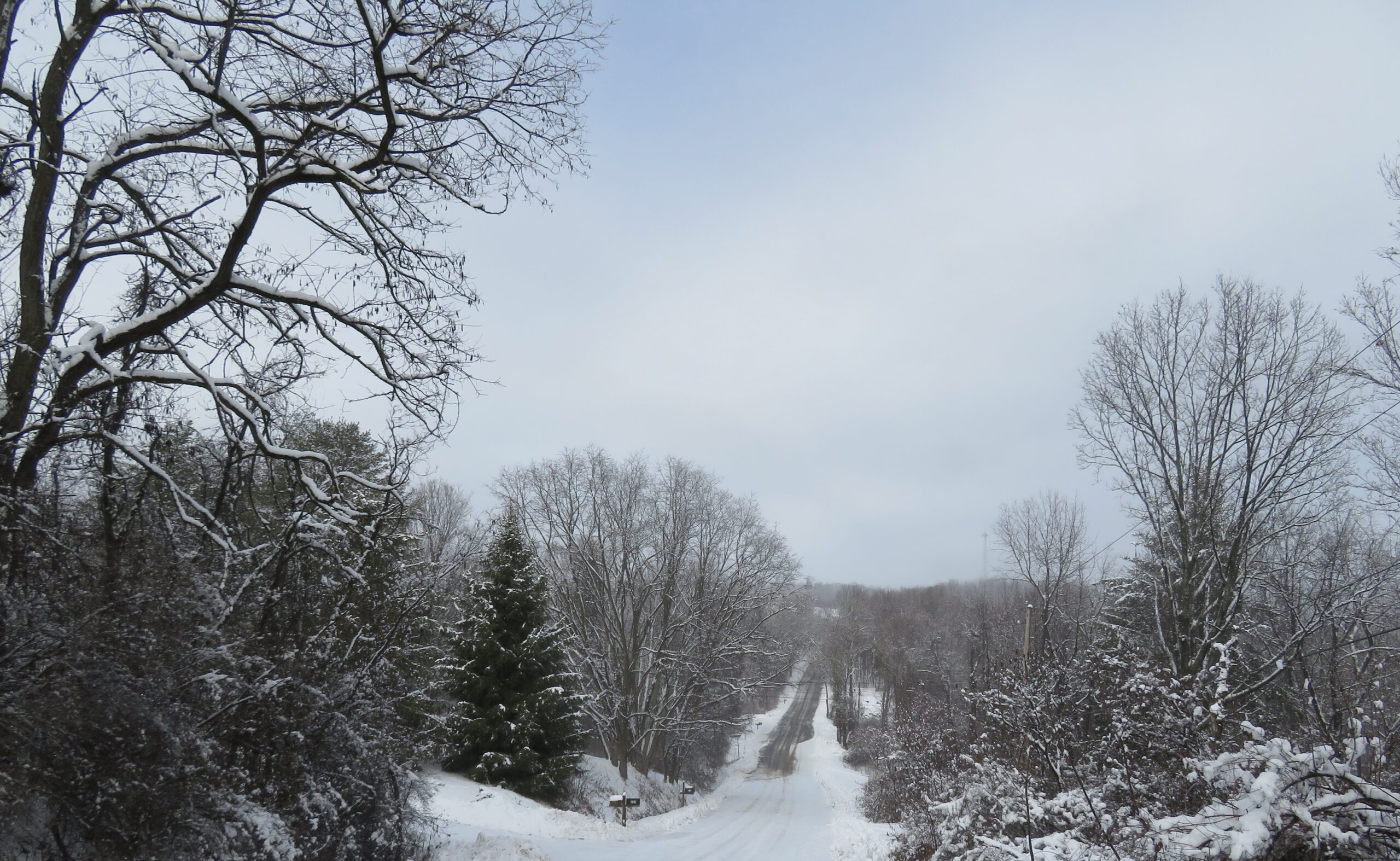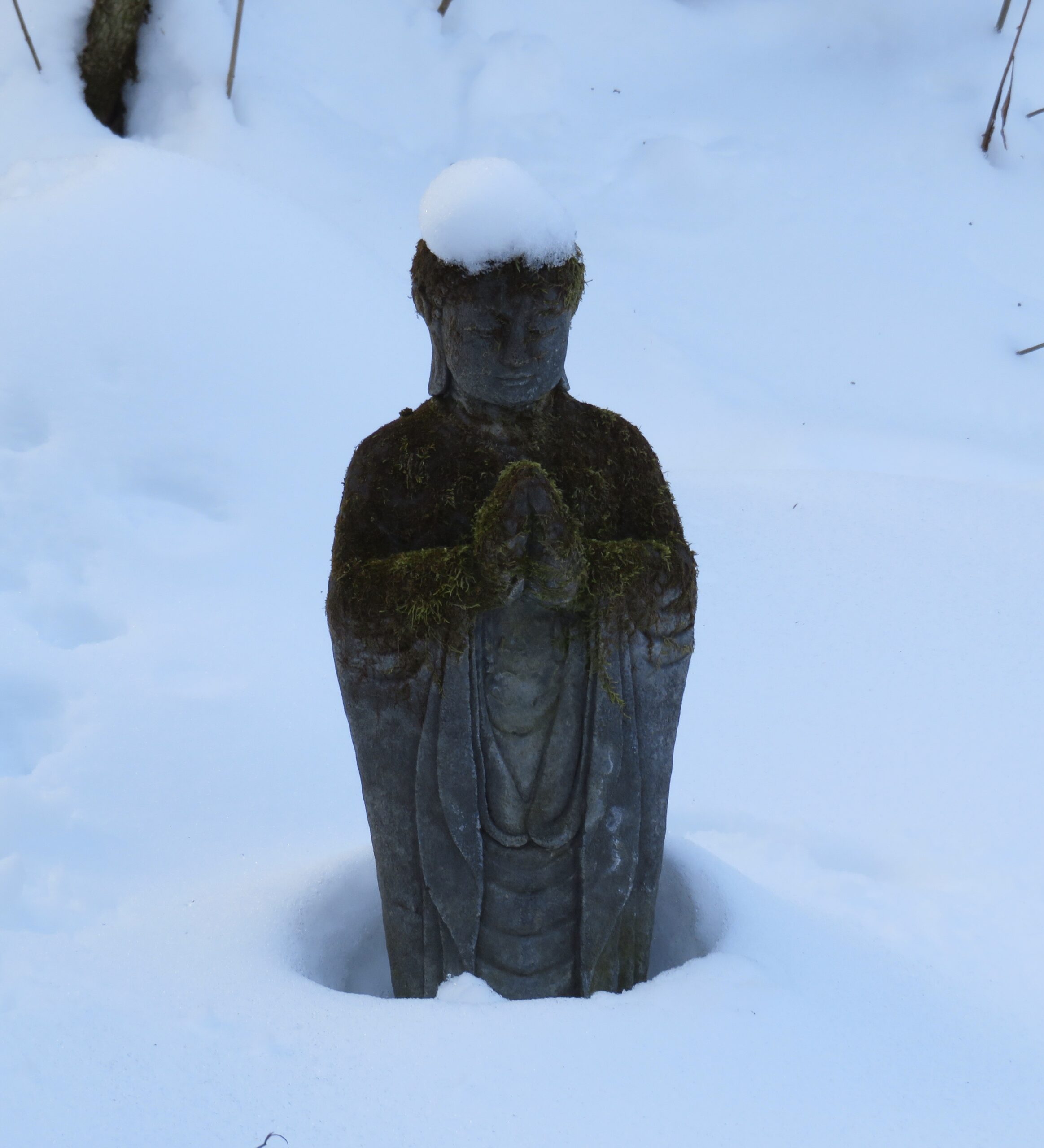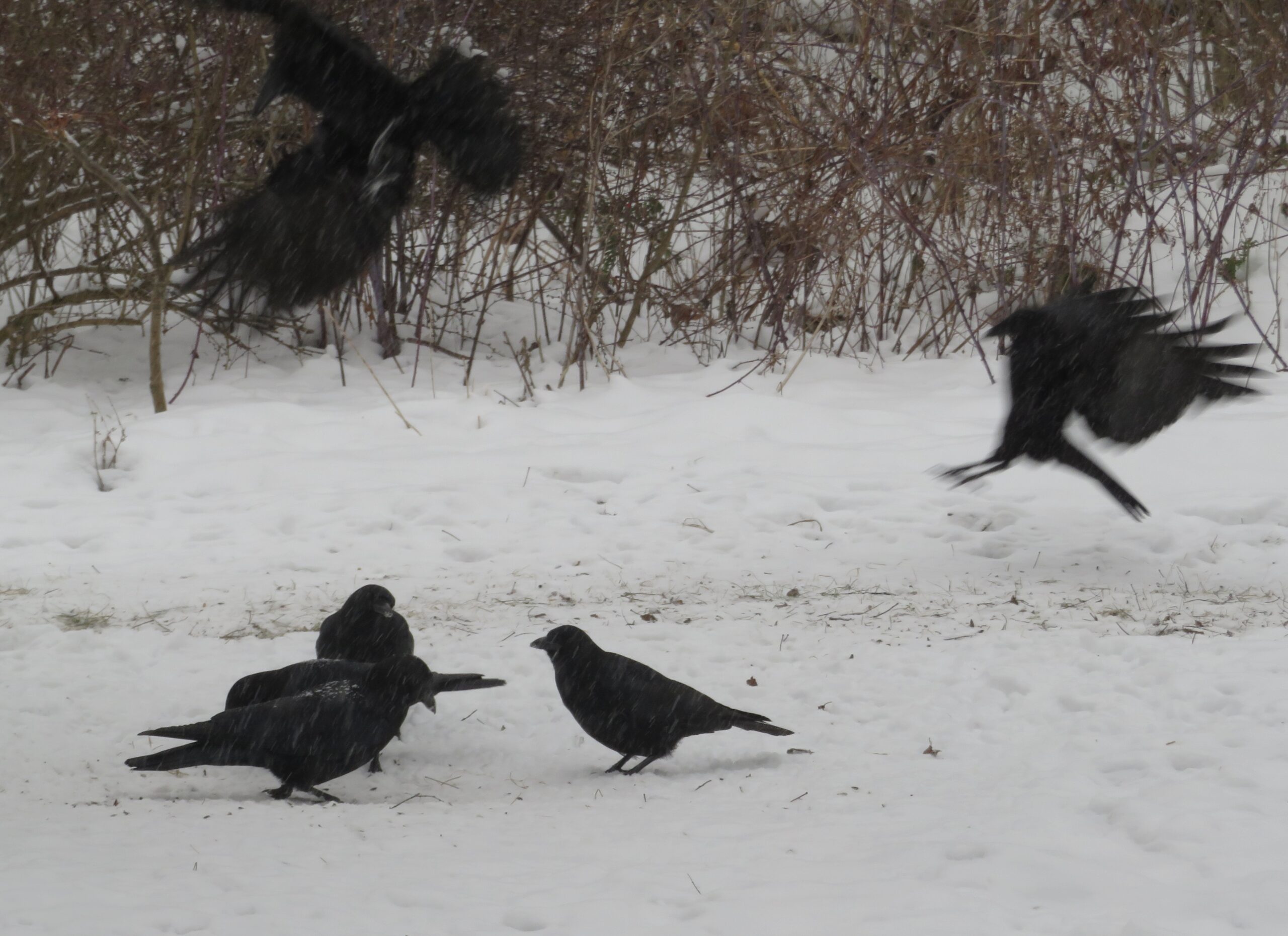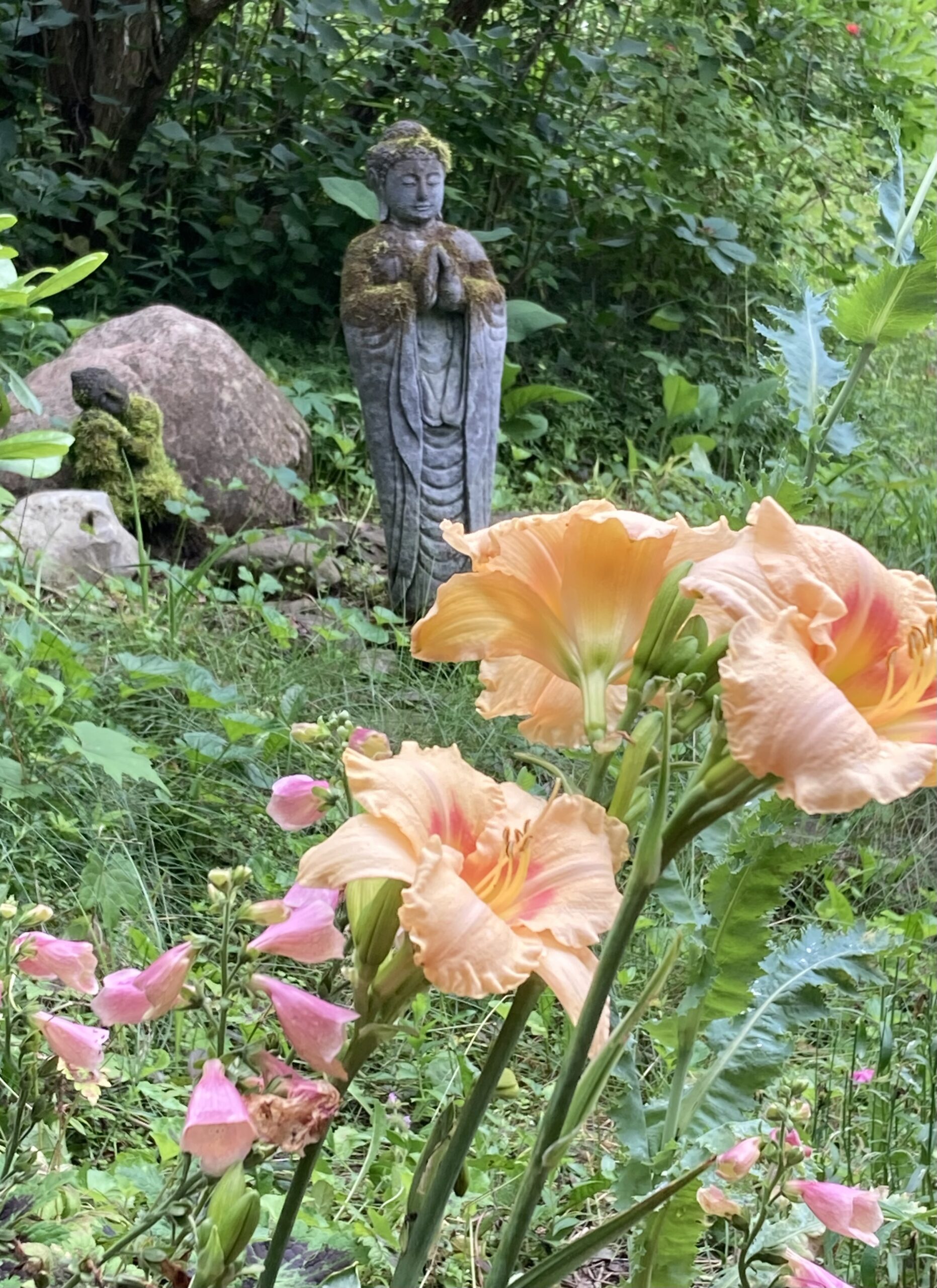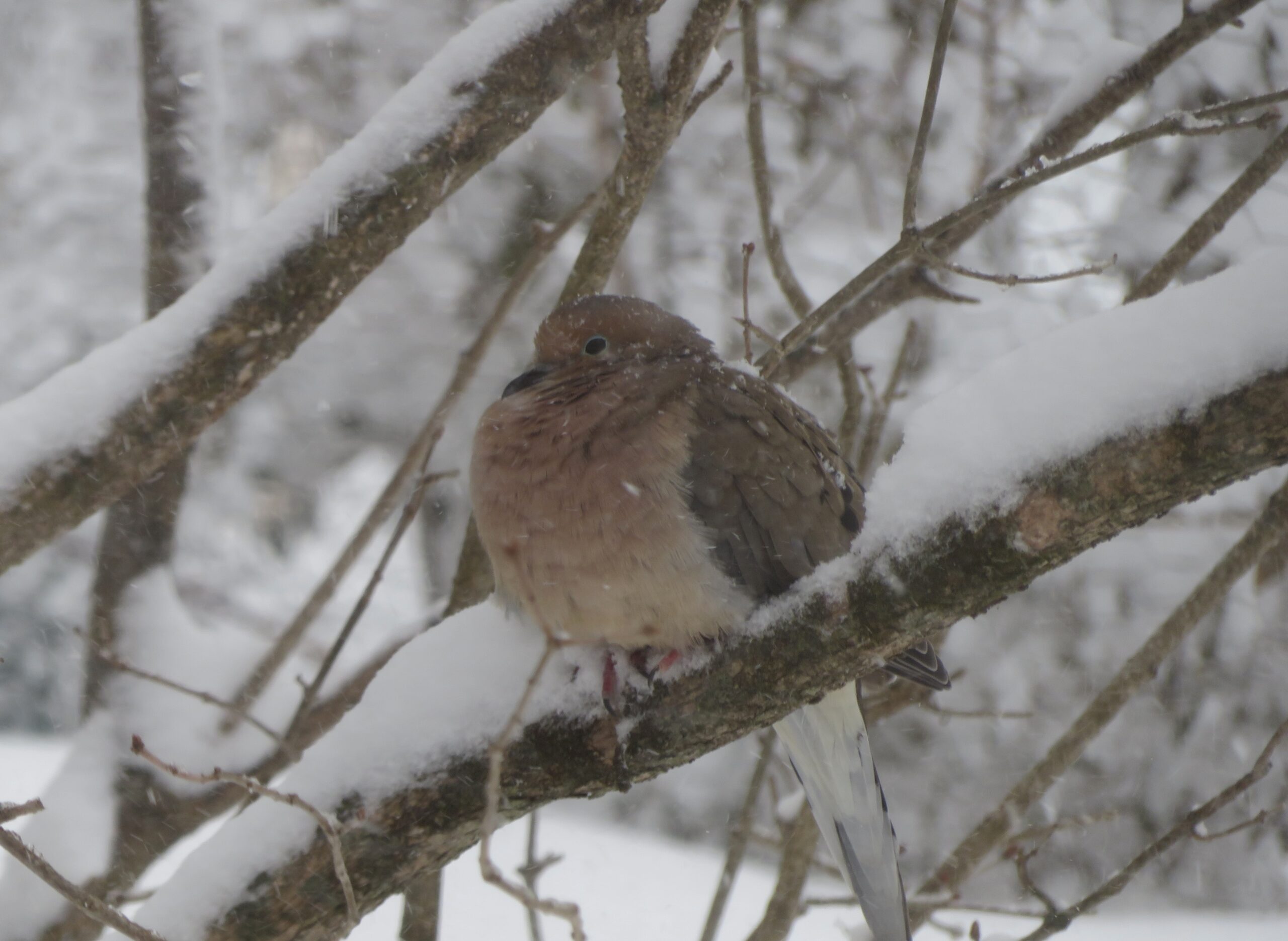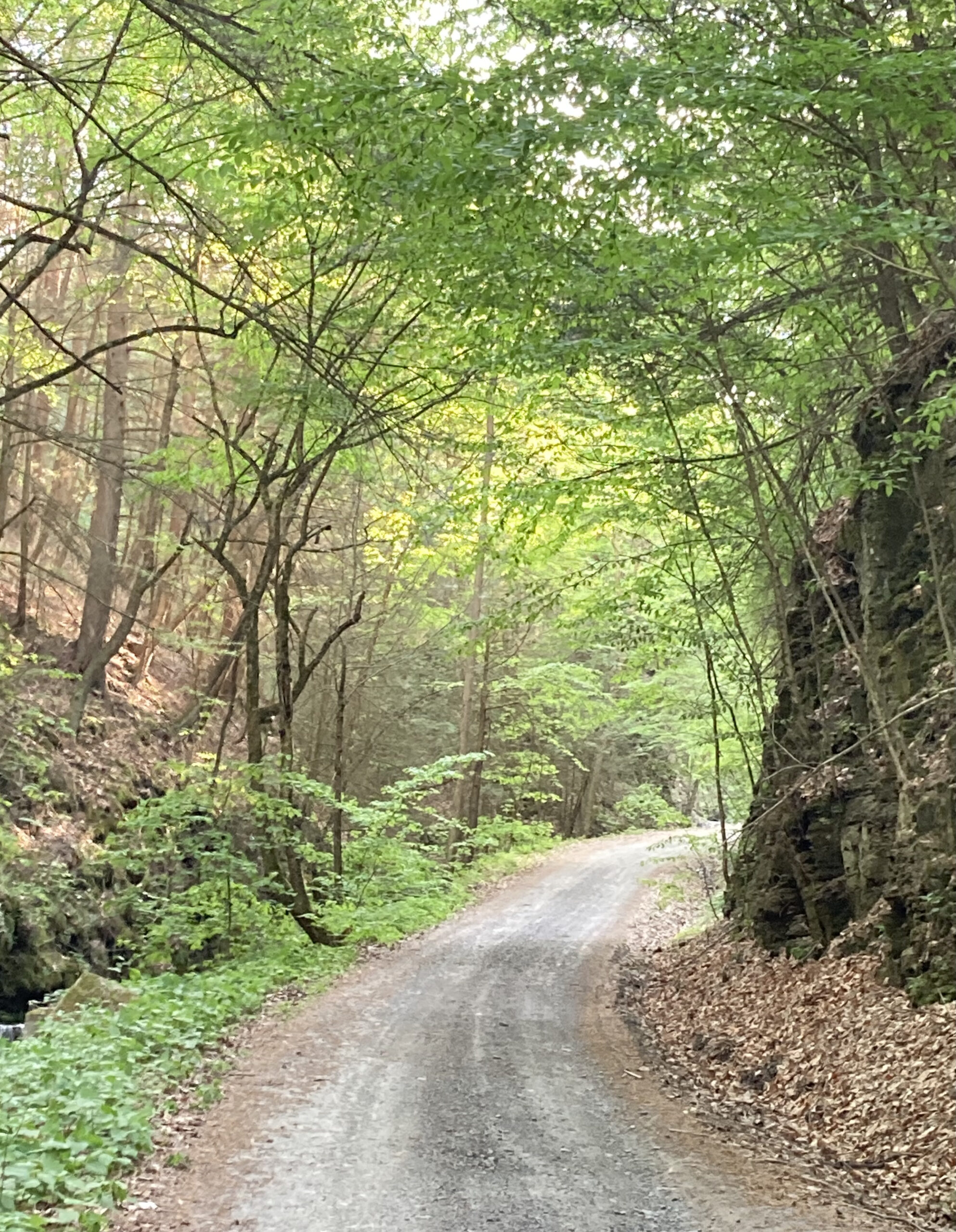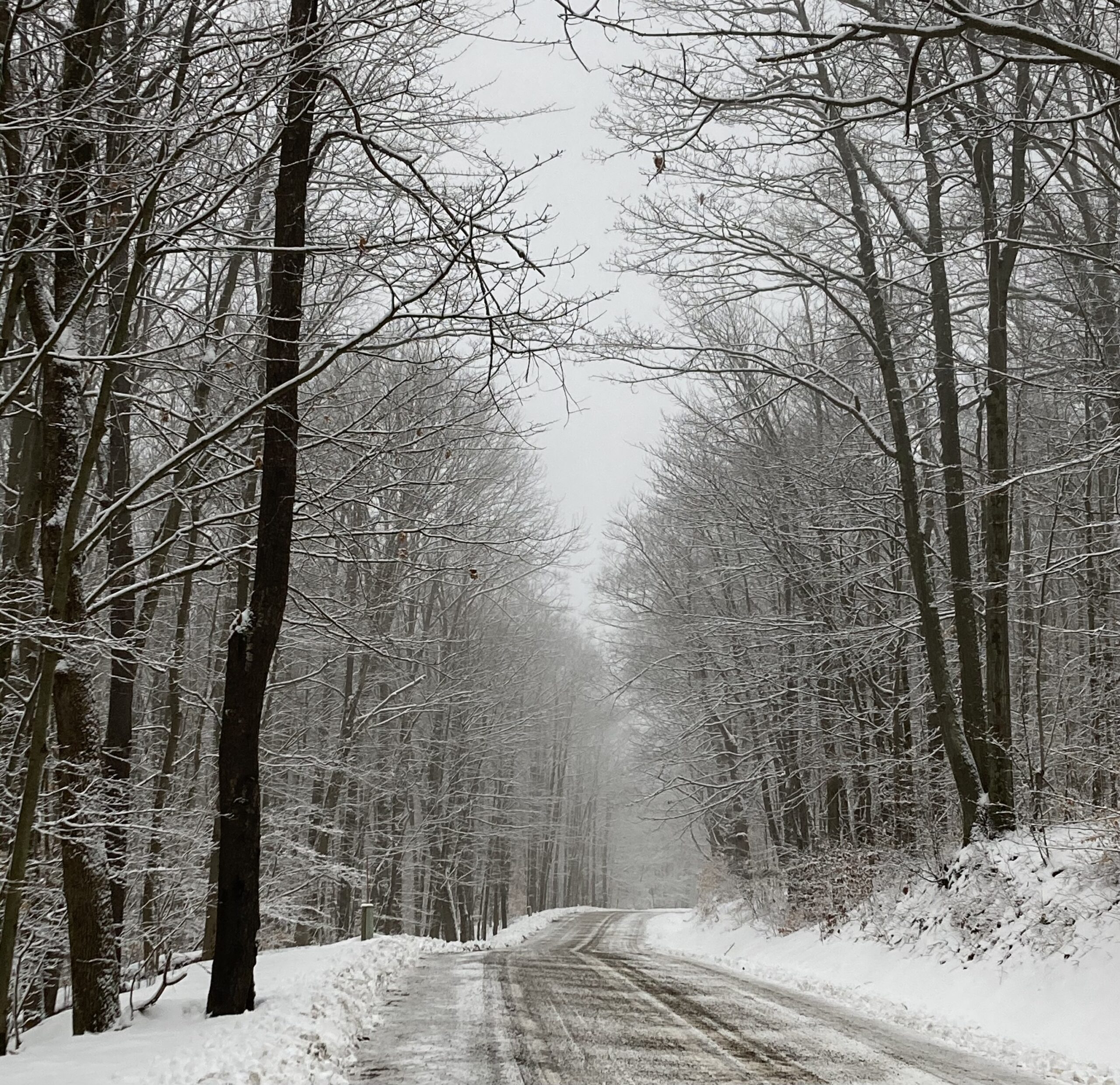First, a personal concern:
How do we reduce the anxiety most of us are feeling about the election to something we can live with? DT has done all he can to make this difficult. He has worked to make the election as chaotic and threatening as possible. He’s done all he could to try to fix or hold up election results and frighten election workers. He’s promised if he wins to rule like a dictator, use the military against those who oppose him, and violence if he loses. He has falsely claimed for years that the 2020 election was rigged, and now he claims this one’s been rigged, so whether he loses, or wins, we won’t know who our next president will be for hours, days or weeks after Tuesday. But the evidence shows that the only candidate in the 2024 race who’s tried to illegally interfere in the election process is DT himself.
I’m tired of him. I want him to just lose, again, but this time, disappear from the political stage. I’m trying different strategies to keep my eyes open while keeping my heart rate as comfortable as I can. One strategy is to do whatever and as much as I can to get out the vote, or as Michelle Obama said, to do something.
I’m also considering my own health, mental and physical. One way I’m doing that is to study how, in the worst of times, maybe we can get stronger. In the midst of my fright, maybe there’s buried the way to face what frightens me. In a book about the Japanese Zen teacher and philosopher Dogen Zenji by Shinshu Roberts, the author quotes Dogen and other teachers on facing what we don’t like. The mental states that we wish would just disappear, he says, might just reveal the wisdom that we need. We don’t find wisdom in a vacuum. There are things we must put off; it’s difficult to talk about wisdom when our mind is focused on survival. Yet our lives are so much better when we can bring as much awareness as possible to whatever we face.
Maybe if we can just stop what we’re doing, and sit, stand, exercise, or take a walk in a beautiful area; maybe take a breath. Feel our feet on the floor. For one minute we can take a holiday and feel this moment, now, so fully we won’t have the space to imagine later. Maybe when it’s possible and with as much awareness as possible, we can write down or dance out the thoughts in our mind or the feelings in our body, without editing or hiding them. Then we will better perceive how to face the next moment, no matter what occurs. And, if we haven’t done so already, we can be relaxed yet alert when we vote.
A last argument before the election:
A week before election day, Kamala Harris gave a powerful final argument for her campaign. She said we all know who DT is and what he’d delver, more chaos, hate, and division. More power and wealth to the rich at the expense of the rest of us. For example, his 10-50% tariff on imported goods would raise the burden on most of us hundreds to thousands of dollars while proportionally reducing the burden on the rich. Many economists warn his plans could crash the economy.
But what needs to be said more clearly is that the economy and the cost of living is not a separate issue from that of democracy….
*To read the whole article, please go to The Good Men Project.

